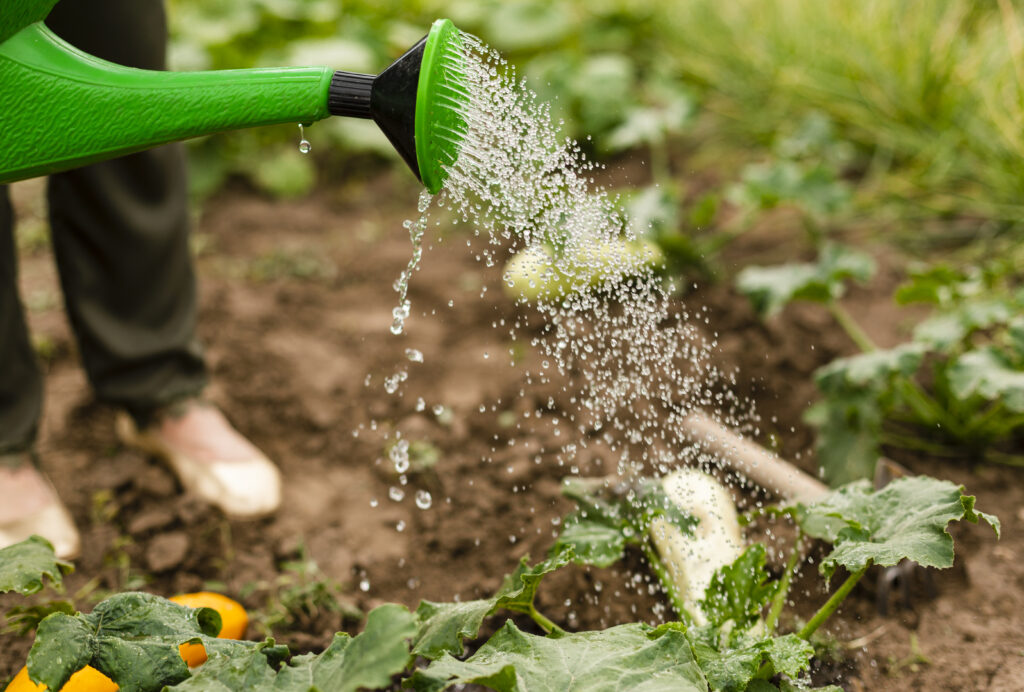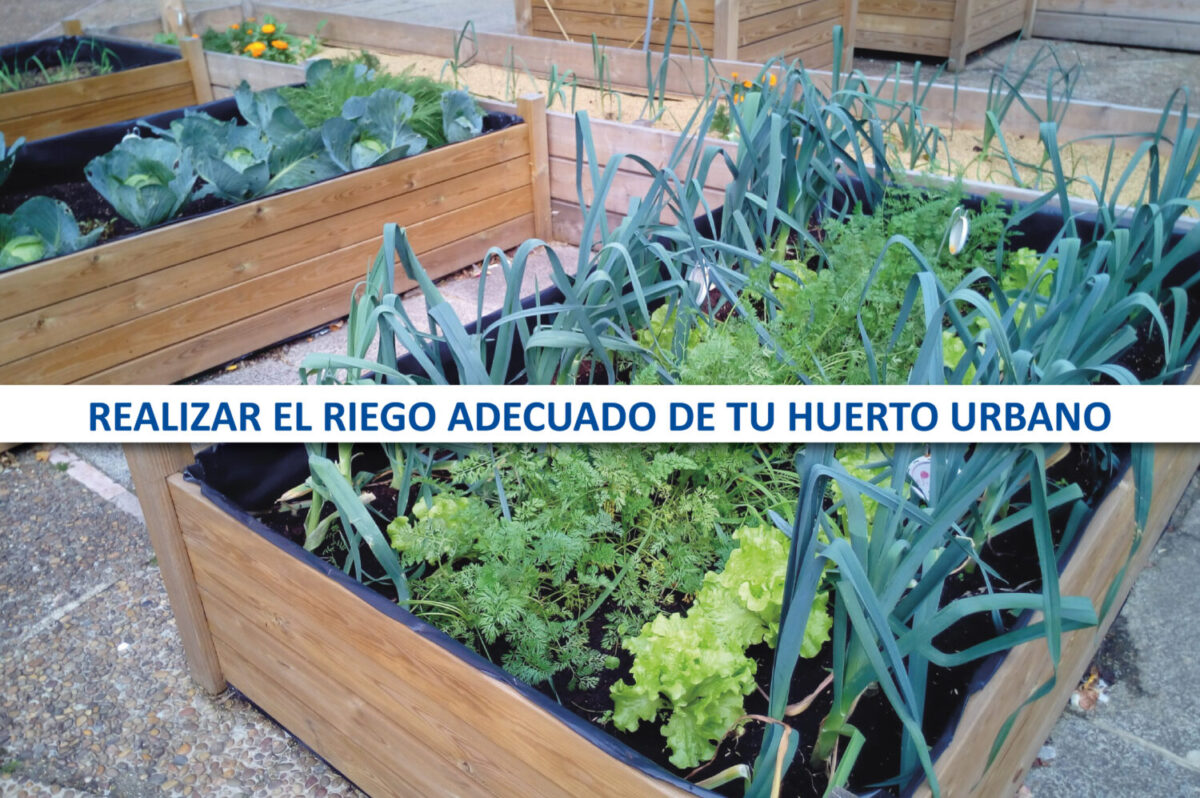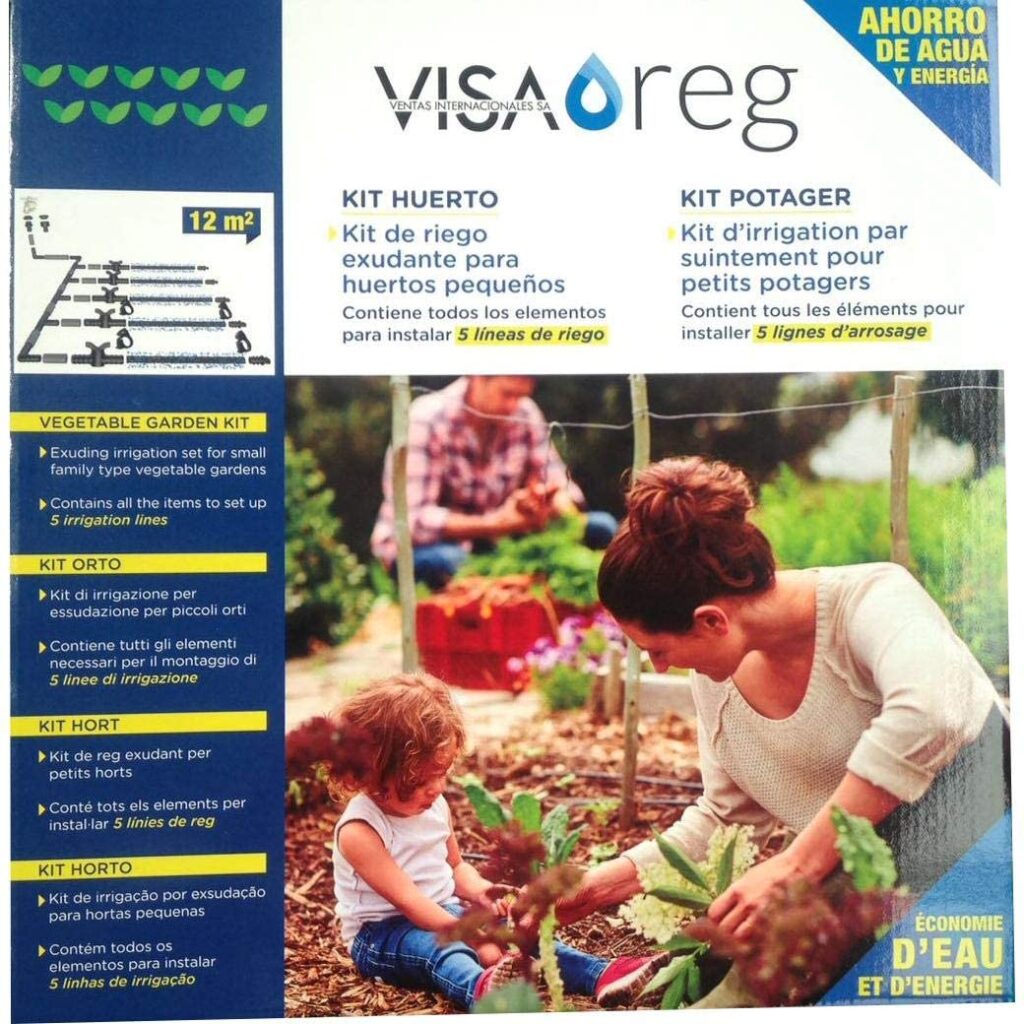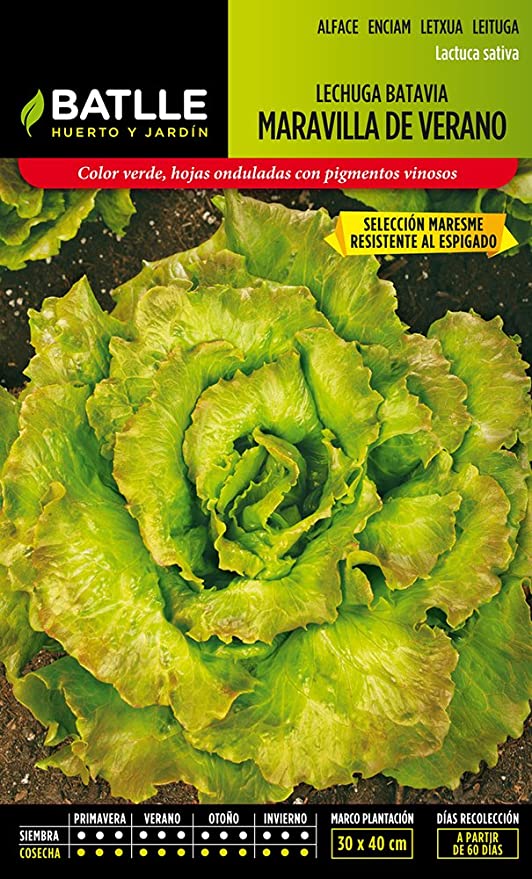As you well know, the autumn months have never been the most demanding when it comes to watering orchards and gardens. But nowadays with climate change you never know when the weather is going to water our flowers and crops.
That is why, in today’s post we are going to learn how to water our garden and in the cheapest way. We are going to give you some keys that will allow you to keep your urban garden strong and healthy so that you can finally enjoy the best results.
Before starting with the tips, we want to emphasize the importance of knowing when and how to water the garden. Why is it so important? you may ask.
Irrigation depends on whether we have a beautiful and slender orchard or a wilted orchard. The production of fruits and vegetables, the height of the plants, the color of the leaves, the presence of pests… there are many factors that depend on the correct irrigation. Learning to irrigate correctly is not an easy task and it is not enough just to have a good irrigation system. That is why we invite you to read today’s post. Let’s start!
First tip:
Learn WHEN to water your urban garden
Obviously, it always depends. It depends on the season of the year, the quality of the soil… the tricks we mention below are simple but very effective.
- Mind the season: as you know, in the summer you have to water once a day. The rest of the year it is advisable to water once or twice a week, but don’t let your guard down. On some hotter autumn and spring weeks it will not be enough with once or twice.
- The finger test: this practice is so simple as touching the soil surface with your fingers and if they are not stained with soil, it means that the soil is too dry and needs a little water.
Second tip:
Do not water your urban garden too much nor not enough
Many people think that overwatering will save you a day of watering and this is a mistake. Underwatering is bad because it can cause plants to dry out, wilt and eventually die due to “water stress“. But watering too much or too often when it is not necessary can damage the roots of plants and rot them. Besides, it also favors the appearance of pests and fungi. So, the best option is to water neither too much nor not enough. If you manage to find the middle ground, you will have achieved a lot.


Third tip:
Planting according to irrigation needs
It is very important to plan your garden well. Apart from planning, it is also very important to consider the distribution of the crops. There are plants that need more water (e.g. leeks, zucchini, artichokes) and others that need less (e.g. tomatoes, peas, onions), so it is highly recommended to distribute the crops according to their irrigation needs.
Fourth tip:
Drip irrigation for your urban garden
A good irrigation system is a must. Drip irrigation is one of the most effective ones to keep your urban garden in good condition, and most importantly: not waterlogged! In our online store you can find different systems that will adapt to your needs, do not hesitate to take a look!
Fifth tip:
Irrigating the crop soil
If you don’t want an irrigation system and prefer to water in the classic way using the hose or watering can while enjoying a moment of peace in your garden, try not to over-wet the upper parts of the plants. Excess humidity in the flowers or fruits favors the appearance of fungi and pests.
It is more advisable to water at ground level and water the soil well, always making sure that the pressure of the hose does not pull up clods of earth or damage the roots of the plants.
Sixth tip:
The quality of water for irrigation
A very common mistake is not checking the quality of the water with which we irrigate our crops. There are waters with more chlorine than others, some with more mineral salts, etc. It is always good to know and check the water your plants are receiving. That is why if you draw water from your own well, it is worth investing in a water analysis. If, on the other hand, you use water from the general water network of the municipality, it is enough to contact them and get information.
Seventh tip:
Mulching technique
This is an antique technique that, like all fashions, has come back. It consists of mulching crops with materials that retain humidity and thus achieve a richer soil. There are specialized materials to carry out this technique, but freshly cut grass, remains of branches, hedge clippings, dry manure, etc. will do.
Watering is a fundamental part of the process of growing your own crops, so don’t forget about it!
Remember that on our website you can find an urban gardening kit to get you started, as well as a wide variety of seeds to plant, so come and grow your own!


